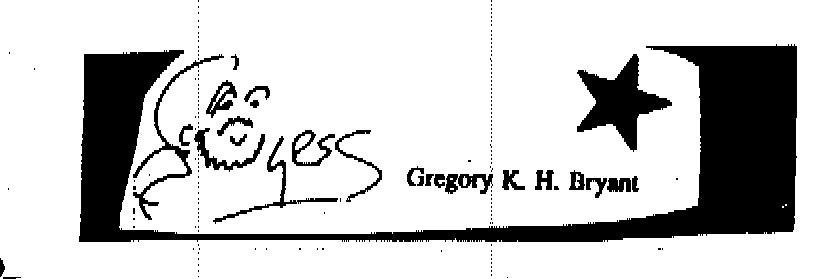
What has changed is my understanding of these terms, 'life,' `awareness', `mind', `mental'. I cannot understand them in any binary sense, as in describing simple on/off, either/or states of being. I do not see the dichotomies of living/non-living, mind/not mind, personal/impersonal as if each dichotomy describes two different, and mutually exclusive, states. Instead, I see the terms 'Life' and the others as describing continuums, gradations of states all within infinite spectrums. In the continuum of states collected together under the term `Mind,' or `Mental Activity,' we have the conscious mind, acts of memory, cognition, intuition, dream states, sensation, emotion, and countless others. Not every being that experiences mental activity will experience all these states.
Dogs and cats clearly have mental lives (though many resist the notion that cats and dogs have 'Minds') for they communicate, display emotional changes, display evidence of memory, recognition, and so on. What they cannot (or, perhaps will not) do is speak in sentences, manipulate words on paper, draw representationally or add numbers, among other things. But these limits do not reflect, as far as I can see, a difference of kind with human mental activity, but simply a difference of degree. We do the same thing, but more of it, and with a few extra skills the other animals lack.
And so on down to protozoa, chlorophyll, DNA and bacteria. Which brings us to the borderland between 'Life/Not Life'. Which is not really a borderland after all, but an area on a continuum. Living things respond in a unique way to their environment - living things have the power to avoid things. The sheep flees the wolf, the flower closes its petals against the cold of night. But living things are not alone in responding to their environment. Non-living things do this as well, but passively. Rocks do not flee the rock collector, fire does net avoid water. But when the collector taps the rock with his pick, the rook is chipped, and the chip is a permanent change. Doused with water, the fire dies.
Do they 'think' about what is happening? Are they 'aware'? This is a rather simplistic notion, and I doubt that anything so crudely put is happening. But I am aware that inanimate objects do have their personalities. Any piece of complex machinery - a toaster, a tractor, a car or a computer - will demonstrate this. Some machines are simply cranky. Some are sluggish in the morning. Some work smoothly on the curves, but are tough to handle in traffic. Some chairs are comfortable, others - possibly filled with passive hostility - will give you a backache no matter how you sit in them.
What is true of human-made objects is also true of naturally-occurring objects. Some rivers rage; some are sleepy. Each range of mountains has its own character. Once we've learned to recognize them, we can never confuse the Rockies with the Appalachians. They are as different and individual as two human beings are. Likewise the Pacific Ocean and the Atlantic, the tree outside my window, and the tree outside yours.
A boulder in the desert that has remained in its place, unmoved for ten or twenty million years gives off a majesty, a sense of millennia, depths beyond comprehension, that is sometimes an overwhelming experience. (I confronted such a boulder recently, on a nature walk with my colleague Cari Mitchell. The boulder stood oppressively over my head, forcing me to look upward as a supplicant would, and ignored me entirely - as far as this boulder gave evidence, I did not exist in its world, though it is a heavy presence in mine. My sensation in confronting this boulder was similar to that sensation of standing away from the shore and beyond the waves, in water to my chin, and at the brink of the deep and infinite ocean.)
Anyone who has come to be familiar with a locale, a place - say a favorite park, river bank, shoreline - knows well the personality of the place. When we grow older with an environment, we see how it grows - matures - as well. But the non-living objects about us are maturing at their own rates, rates of change that have nothing to do with our own. They persist through their own universes, mindful, perhaps, only of those things that pertain to them.
So nothing I have learned in the last forty years has given me reason to abandon my childhood animism. The world about us is today as magical a place to me as it was when I was four. What has changed is the maturity of this animism. These notions are perhaps more sophisticated today than when I was a child, more developed, but they remain essentially the same notions.